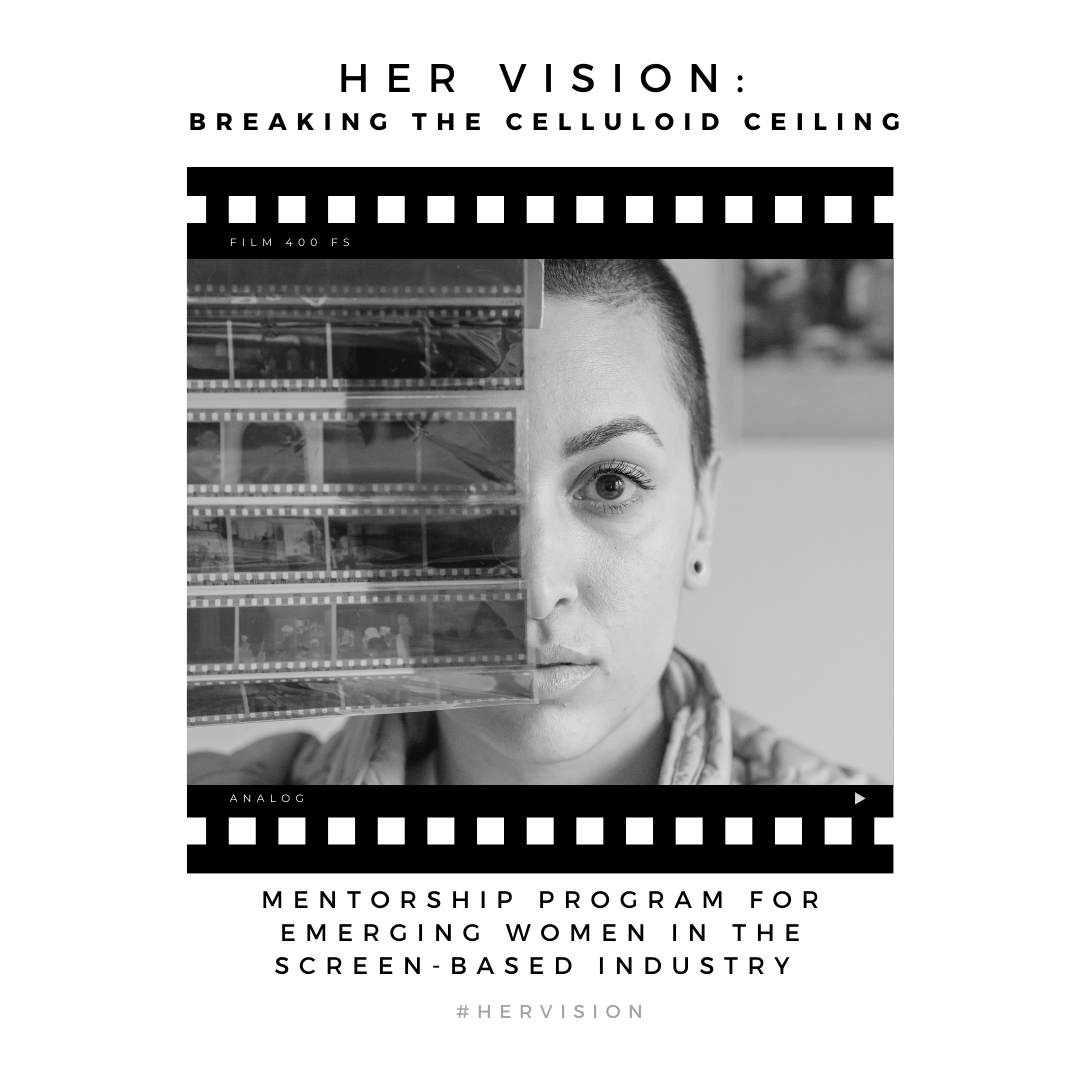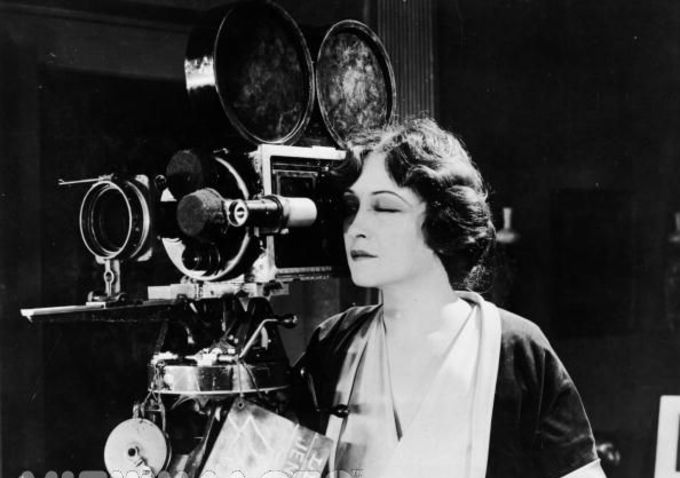Blog feature
Kootenay Film’s Mission to ‘Break the Celluloid Ceiling’ for Women in the Film Industry
By Karen Kornelsen (Peak to Moon Creative)

The presence of women in the film industry has been universally, pervasively low.
The Center for the Study of Women in Television and Film has been tracking employment statistics for women in the film mecca of Hollywood since 1998 in a study called, The Celluloid Ceiling.
The study’s name combines the metaphor of the ‘glass ceiling’ – the barrier marginalised people, such as women and minorities, face when furthering their careers, and ‘celluloid’ – a material once used to make motion pictures. It focuses on people working behind-the-scenes in film, including directors, writers, producers, executive producers, editors and cinematographers.
Although representation has increased since the COVID-19 pandemic, statistics for various positions are wavering, and numbers are shockingly disparate between identifying female film professionals and their male counterparts.
Since the study began in 1998, the number of reported women working behind the scenes has risen a meagre 8%, and only 25% of the industry identifies as a woman.

Image Courtesy: World of Female
The Kootenay film sector mirrors reports from The Celluloid Ceiling
As a filmmaker, photographer, and graphic designer, Lynn Trinh is actively involved in the Kootenay creative community. She says, “We have such an amazing screen-based and film industry in the Kootenays. There are a lot of creatives. But what’s lacking on our production crews is more women. ”
Lynn has participated in shoots in the region, where she says a lot of production surrounds sports and adventure genres, which are typically crews of mostly men . “There is an added challenge being a woman in the industry here, when the prevailing genre is action adventure sports – another male-dominated industry. I’ve participated in a shoot of this genre where there were only three women on set, mostly fulfilling stereotypical traditional female roles such as doing make-up or craft services (food). I also feel I’ve experienced discrimination on the basis of being a woman. I’ve found there is a small network of women in screen-based media and film in Kootenay small towns. It is definitely growing, but still small. While women are still a minority in bigger city centres, there’s more women there to connect with. So we need to actively find avenues to uplift and connect women in the industry to empower each other and provide opportunities.”
Lynn works as the Kootenay Screen-Based Industry Regional Program Manager for Kootenay Film, a program of the Nelson Civic Theatre Society. She is dedicated to making the local screen-based industry accessible and inclusive. Her Vision: ‘Breaking the Celluloid Ceiling’ Mentorship Program aims to increase gender inclusion and provide burgeoning female creatives with opportunities to thrive in the competitive and growing industry.

Image of Lynn Trinh, Kootenay Screen-Based Industry Program Manager
Providing invaluable connection, collaboration, and exposure
Employment in any industry as a minority comes with its challenges. In many Western workplaces, women can face stereotyping, pay inequity, and sexual harassment. These hardships place extra pressure on women looking to progress in their careers. Networking with other professionals can be an incredible gateway to job acquisition and exposure, and mentorship from experienced pros is instrumental to professional development.
Her Vision: ‘Breaking the Celluloid Ceiling’ Mentorship program pairs emerging women within the screen-based film and media industry with women who have more experience. “The program is really about uplifting the identifying women breaking into the industry and seeking guidance,” says Lynn. “It’s important to grow that network and talent pool of women so that they can support each other.”
Mentors are there to answer questions for their apprentices, act as a sounding board for creative ideas, and help them develop a creative project with one-on-one, personalised guidance.

Image of Rachel Morrison (the first female director of photography to receive an Oscar nomination). Courtesy of Everrett Collection.
Reciprocal empowerment for mentors and apprentices
Five mentor/apprentice pairs are participating in the program’s debut and have backgrounds in filmmaking, writing, videography, and more.
“Having someone to bounce ideas off of and get real-world advice from is making a big difference,” says Jessica Sigurdson, a videographer and photographer new to British Columbia and one of this year’s apprentices.
Professionals like Jessica are not the only ones benefiting. Mentors are also finding the opportunity vastly rewarding. Jessica’s mentor, Amy Hemmerling (Cillema Productions), says, “I’m super grateful to be a part of this program, mostly for the opportunity to connect with a local member and friend in this community and profession. It’s refreshing to get out of the day-to-day logistics of freelancing and connect with someone entering the field. To be asked questions and be able to give feedback on others’ work is so important, and it would be great if everyone could have these experiences.”
“There’s something special about connecting with someone you can pass your knowledge onto and relate to,” adds Lynn. “Remembering what it’s like to be in their shoes and what it was like struggling to break into the industry is a meaningful experience for our mentors.”
The mentorship pairs will get together at the end of the program to network even further and share their journeys.
Check back later when our feature blog will showcase the unique profiles, projects, and experiences of these inspiring women!
Kootenay Film would like to thank the Columbia Basin Trust and Columbia Kootenay Cultural Alliance for making Her Vision possible.

Image of apprentice Jessica Sigurdson.
Connect with Us!
Follow Kootenay Film on Social Media
Sign up for our newsletter
Join the Facebook Group
Ⓒ All rights Kootenay Film Design by LouisFortier Design
